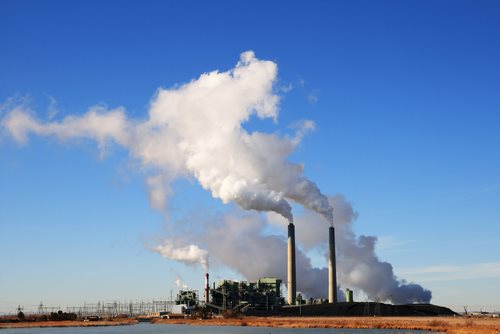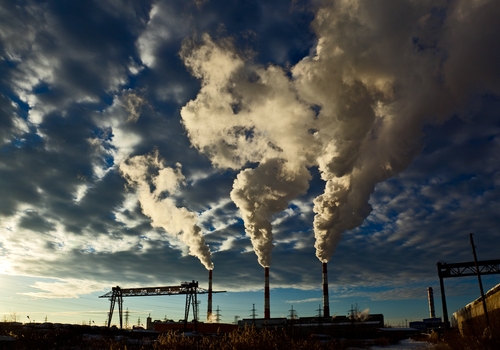 What is Pollution?
What is Pollution?
Pollution is the introduction of toxic emissions or containments into a natural environment that directly causes disorder, instability, destruction or discomfort to the infected ecosystem, including all physical systems or living organisms within the particular environment. Pollution can take the form of energy, such as heat, light or noise or the introduction of chemical substances.
Although pollution, in the most basic of forms, has existed since the dawn of time, it was the industrial revolution that prompted the grave forms of environmental pollution that are present today. The emergence of factories and the subsequent consumption and use of materials, such as coal and other fossil fuels gave rise to unprecedented levels of air pollution. Furthermore, the large volume of chemical discharges augmented the growing load of untreated human waste.
Effects of Pollution on Human Health:
Water pollution and the overall reduction of clean water sources cause roughly 14,000 deaths per day; this astronomical tally is prompted by the contamination of drinking water and the lack of treatment associated with sewage in developing nations.
Other forms of pollution, such as contamination sparked by oil spills, can cause skin irritations and rashes. Noise pollution also yield negative health effects, such as hearing loss, stress, sleep disturbance, stress and high blood pressure. The presence of mercury, which is a common form of pollution, has been linked to numerous developmental deficits found in children and various neurological symptoms.
Forms of Pollution:
The major forms of Pollution are found below, along with their relevant pollutants or causative agents:
Air Pollution
Radioactive Contamination
Water Pollution
Causes of Pollution:
The aforementioned forms of Pollution possess different sources. Air pollution, for instances, comes from both man-made and natural sources. Although natural air pollution is possible, the increased presence of man-made pollutants, primarily introduced from combustion, mining, construction, agriculture and warfare has placed a greater significance on the dissipation of the environment through human intervention.
In addition to air pollution, the existence of hazardous waste is a crucial aspect of Pollution. Roughly 400 million metric tons of hazardous wastes are generated each year throughout the world; the United States produces 250 million metric tons alone.
Pollution can also arise out of a natural disaster. For example, when a hurricane strikes, negative externalities such as water contamination left from sewage and petrochemical schools from ruptured automobiles or marine crafts are common.
Other forms of Pollution include disruptions to soil; common soil contaminants are chlorinated hydrocarbons, heavy metals (such as chromium, lead, cadmium, aviation fuel and gasoline, as well as zinc, arsenic and benzene.


























